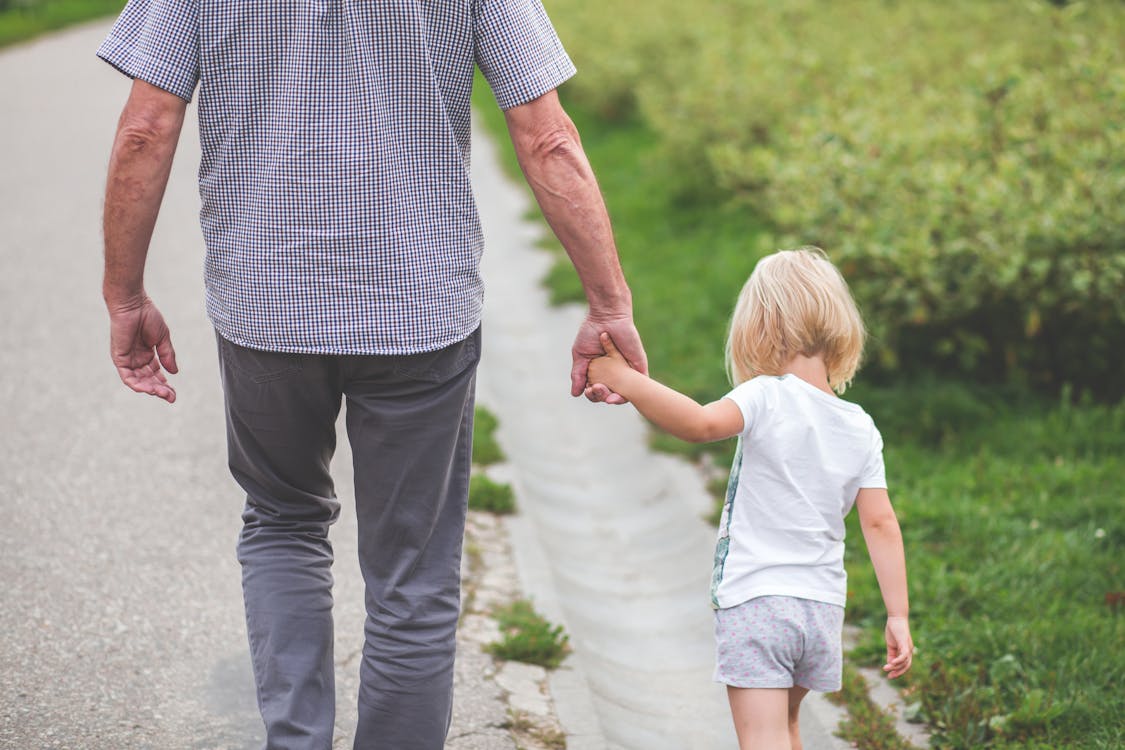Geography
What we are learning
Your
child will be learning within the topic of geography about the environment and
sustainability. We will be addressing the issue of “the use and management of
natural resources and waste, and the different views on how to do this
sustainably” (Australian Curriculum, Assessment and Reporting Authority
[ACARA], 2018a, ACHASSK090).
We will also be developing skills in the areas of “posing questions to
investigate…issues” (ACARA, 2018a,
ACHASSI073)
and “locating and collecting information and data from different sources,
including observations” (ACARA, 2018 a, ACHASSI074). We will also be exploring the
general capability of ethical understanding outlined in the Australian
curriculum (2018b) that students will explore ethical concepts, values, traits,
and reasoning to assist judgement. The cross-curriculum priority of
sustainability will also be involved in this unit as students “develop the
knowledge, skills, values and world views necessary to contribute to more
sustainable patterns of living” (ACARA, 2018c).

Photo sourced from VectorStock.com
Why we are learning this
Learning
about the environment and sustainability is an important part of your child’s
education as this content will enable them to understand and consider the
impact that is being made by individuals and communities on the environment. MCEETYA (2008) highlights sustainability as a key
aspect of your child becoming an active and involved citizen. This
learning journey will educate your child about the variety of resources that
are available naturally and the importance of sustainability and its impact on
the Earth. While learning this content, your child will also be exposed to
situations which will develop their ability to create and answer appropriate,
thoughtful questions. By the end of this unit, your child should be able to
integrate sustainable practices into their days.
How we are learning
We
will be learning about resources and sustainability through a lesson sequence
provided by the Environmental Protection Authority (EPA) of Tasmania. The
lessons in this sequence are aligned with the Australian curriculum, ensuring
that your child will be learning according to the guidelines of education. This
learning sequence focuses on plastics and their effect on the environment, also
outlining alternatives to plastics and how to reduce, reuse, and recycle
(Environmental Protection Authority [EPA], 2013). Through this sequence, the
class will be investigating commonly used plastics (such as plastic bottles)
and what happens to these items after they have been used, outlining things
such as plastic in the sea and micro plastics. Art lessons will also be incorporated
into this learning sequence to highlight reusing resources in creative ways.
Your role
Throughout
this unit, I ask that you encourage your child to investigate and ask questions
about the resources that are being used in your home and community. This is
inquiry learning and will help them to develop the skills that we are focusing
on in class. Also, as your child comes home with ideas about sustainability and
lifestyle options, I ask that you endeavour to apply these into your lives to
help your child explore the application of sustainable practices.
References (Minimum of 2 references in APA
format – not included in Word count)
Australian
Curriculum, Assessment and Reporting Authority. (2018b). Ethical understanding.
Retrieved from the Australian curriculum website: https://www.australiancurriculum.edu.au/f-10-curriculum/general-capabilities/ethical-understanding/
Australian
Curriculum, Assessment and Reporting Authority. (2018a). HASS. Retrieved from
the Australian curriculum website: https://www.australiancurriculum.edu.au/f-10-curriculum/humanities-and-social-sciences/hass/
Australian
Curriculum, Assessment and Reporting Authority. (2018c). Sustainability.
Retrieved from the Australian curriculum website: https://www.australiancurriculum.edu.au/f-10-curriculum/cross-curriculum-priorities/sustainability/
Environmental
Protection Agency. (2013). Plastic waste teaching resource. Retrieved from the
Environmental Protection Agency website: https://epa.tas.gov.au/sustainability/resources-for-schools/waste-education/plastic-waste-teaching-resource
MCEETYA. (2008). Melbourne declaration on educational goals for young Australians. Retrieved from http://www.curriculum.edu.au/verve/_resources/National_Declaration_on_the_Educational_Goals_for_Young_Australians.pdf
MCEETYA. (2008). Melbourne declaration on educational goals for young Australians. Retrieved from http://www.curriculum.edu.au/verve/_resources/National_Declaration_on_the_Educational_Goals_for_Young_Australians.pdf


